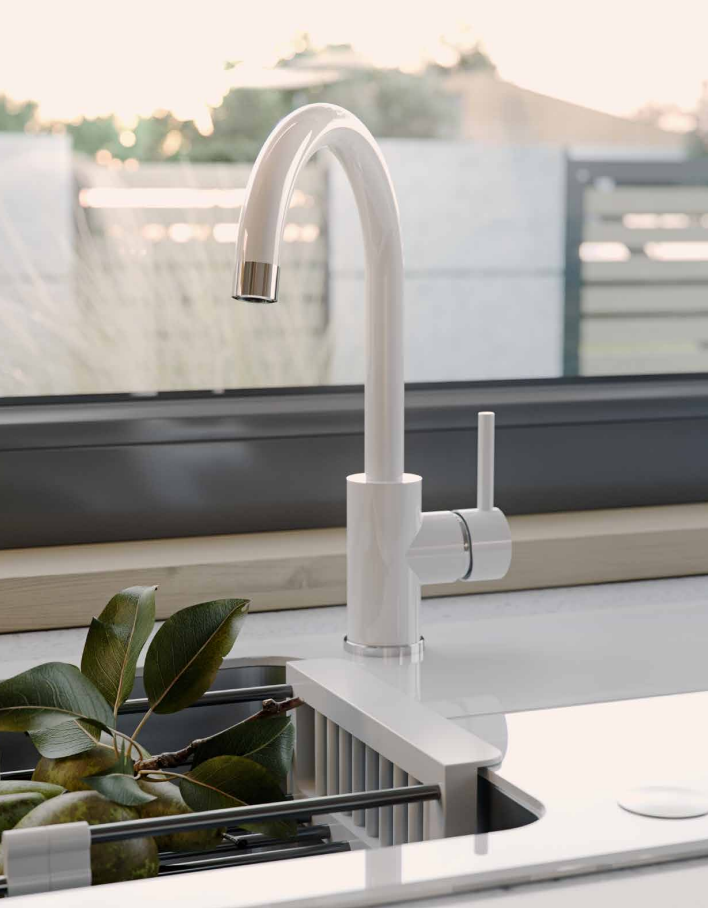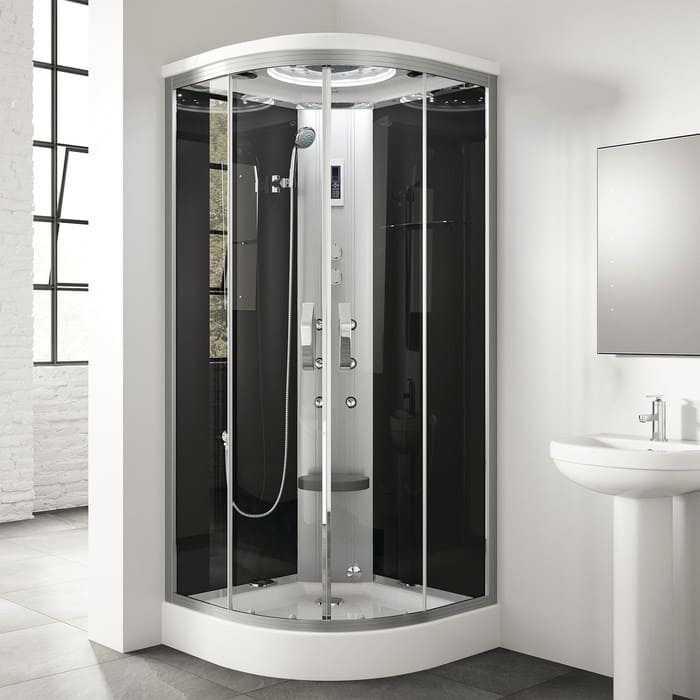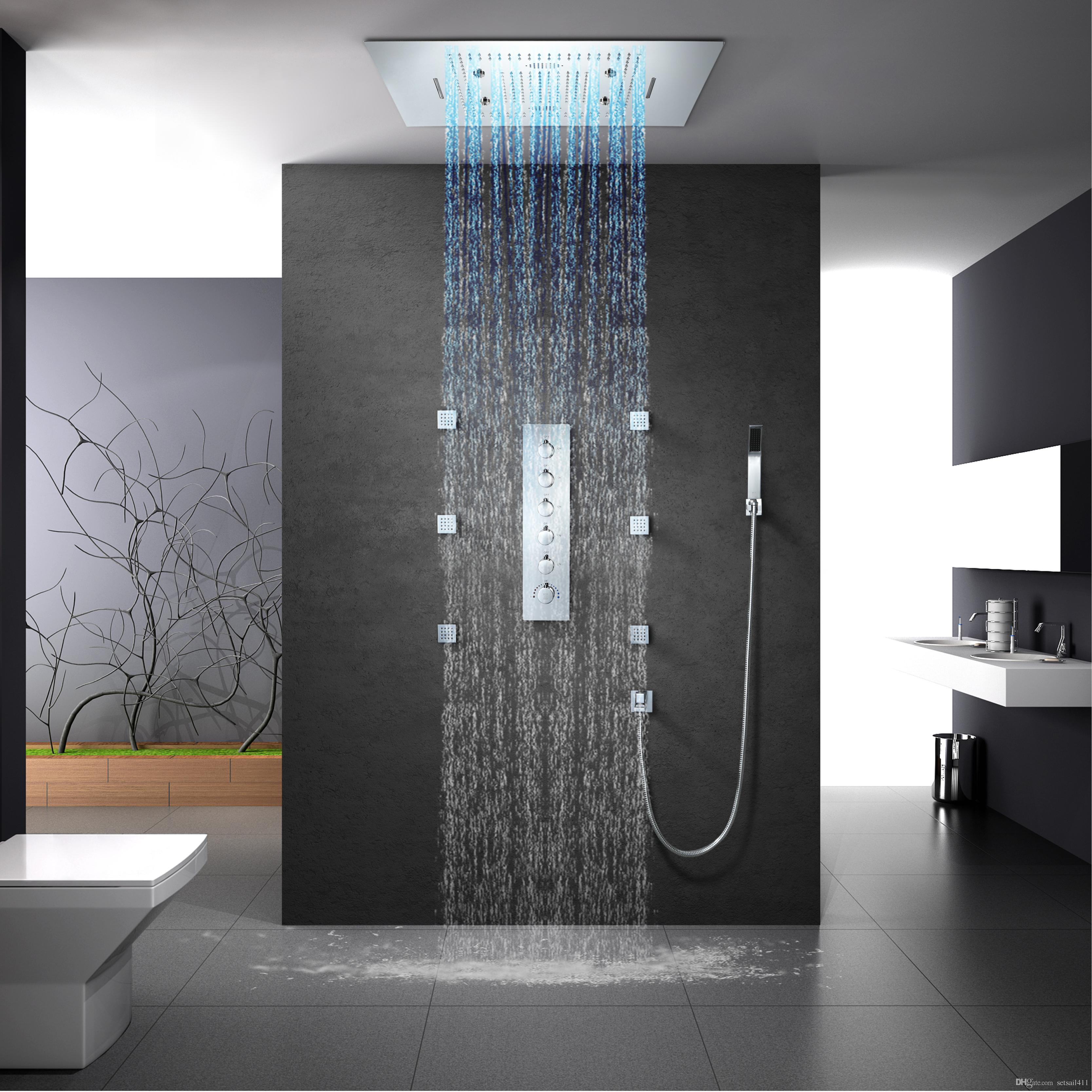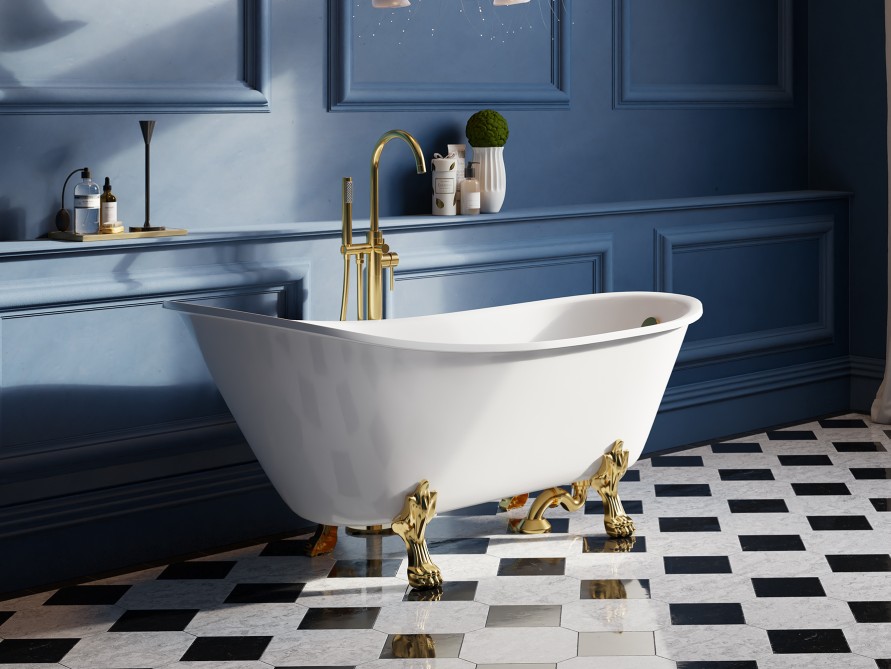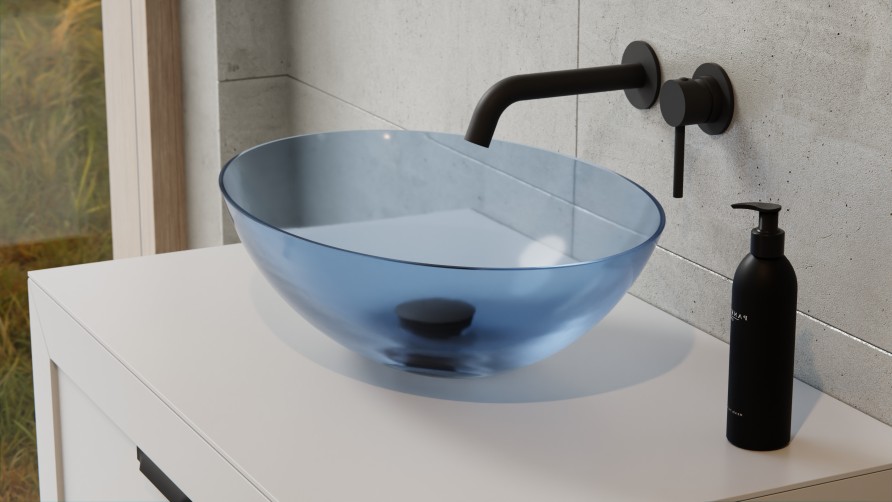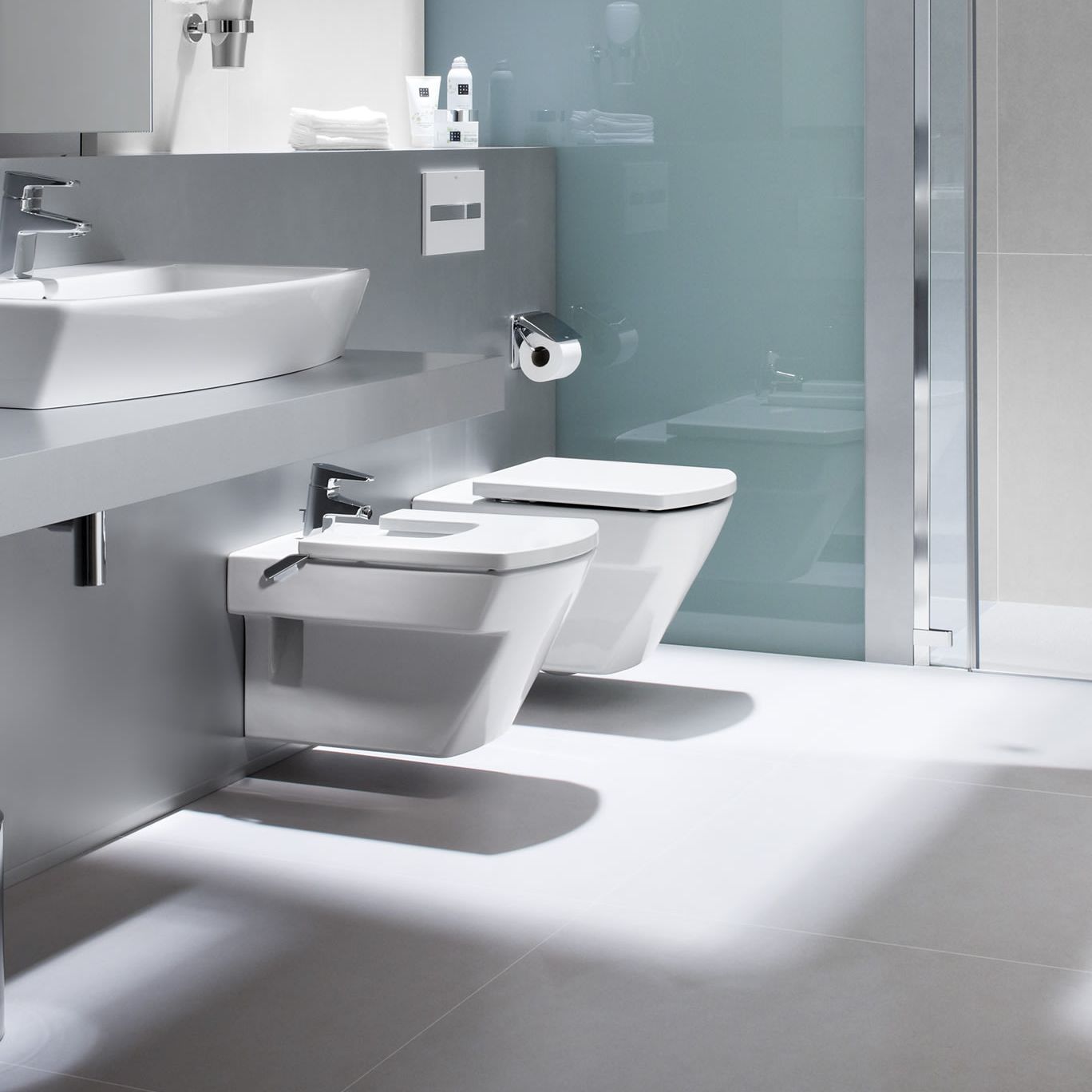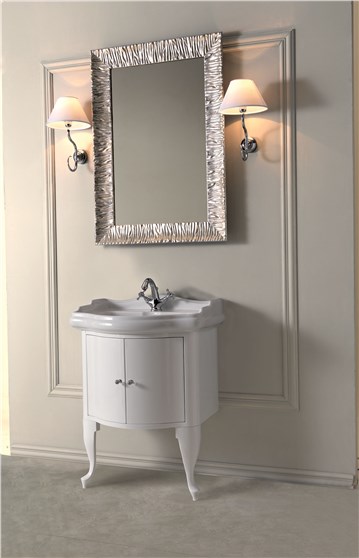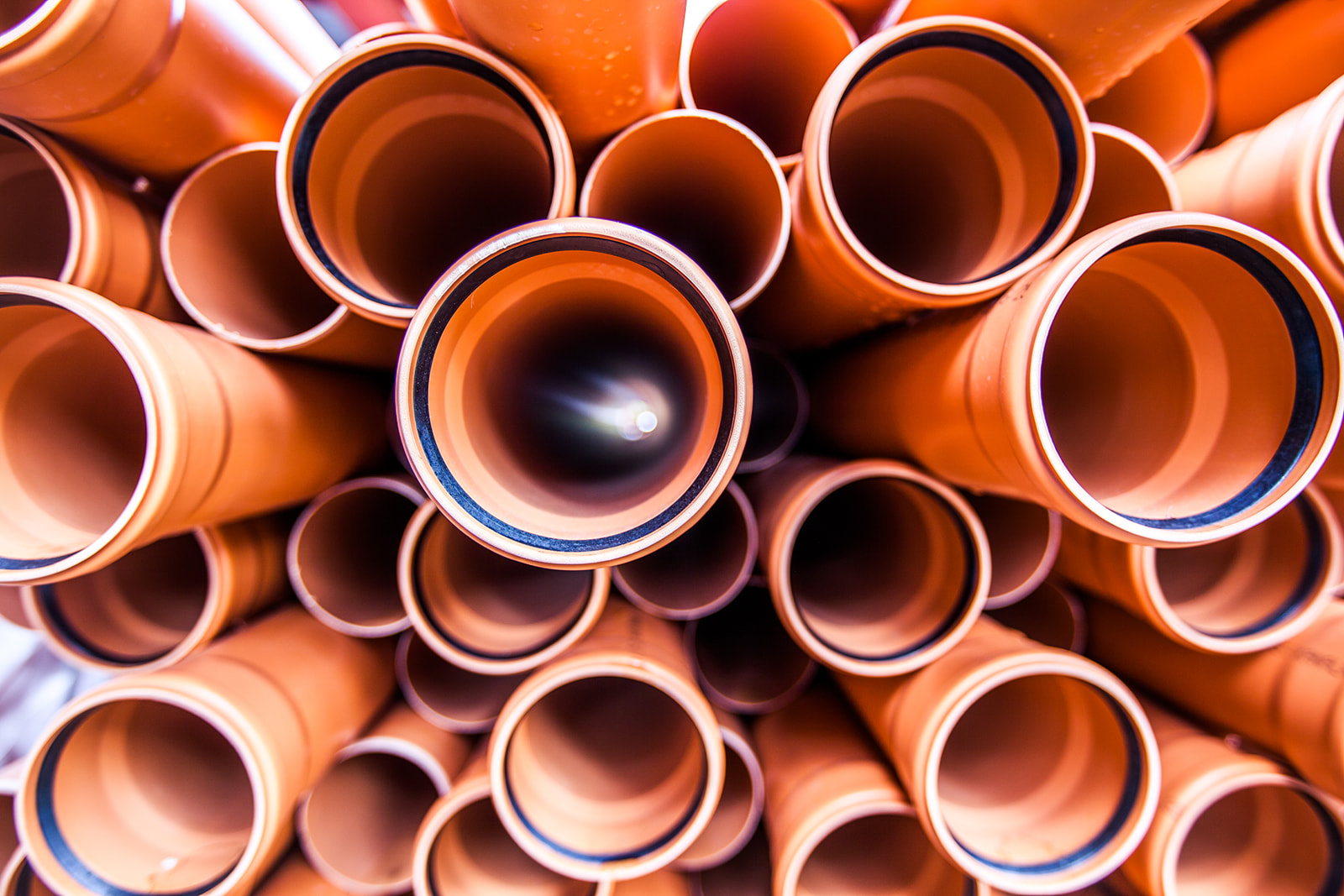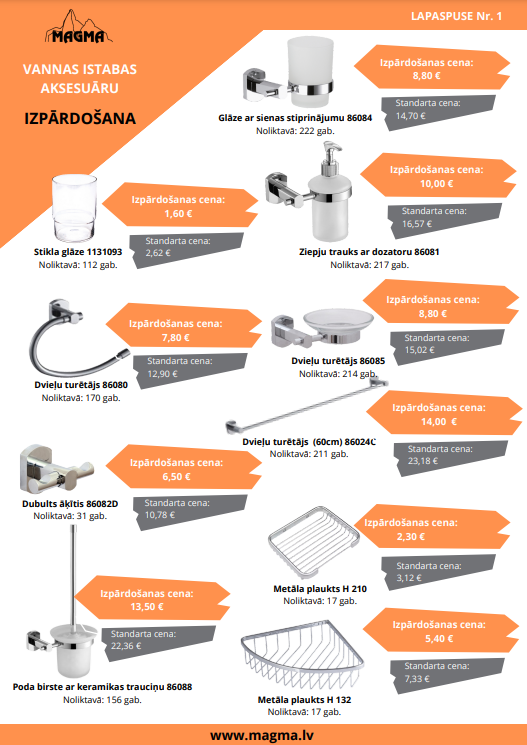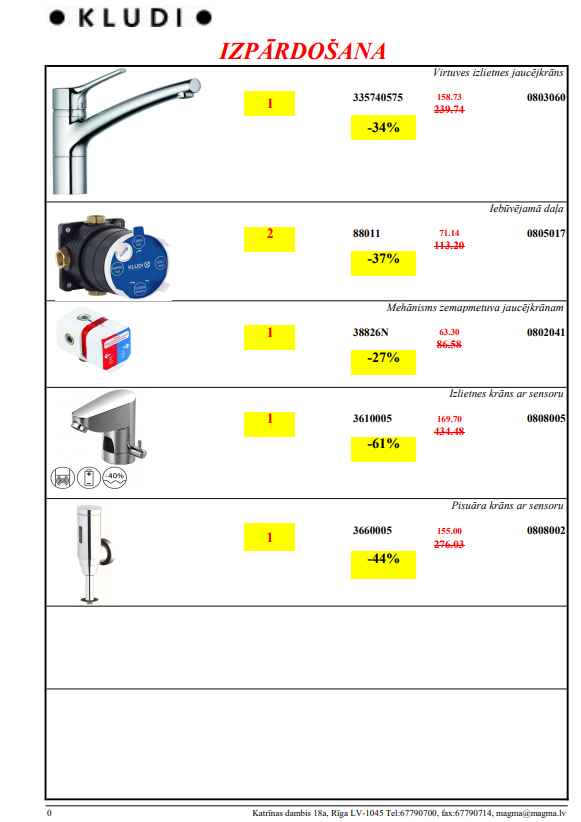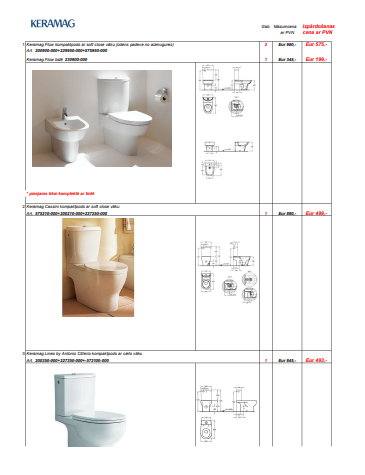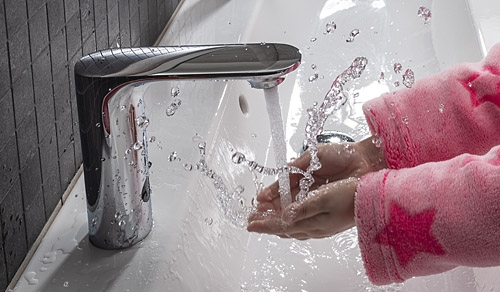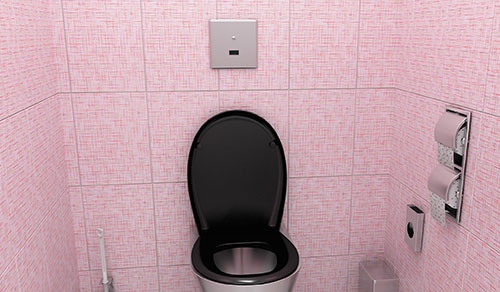- Recommendations
- 0 likes
- 3917 views
Article Contents:
HOW TO CHOOSE A BATHTUB
tips from MAGMA experts
Reading time: ~8 minutes
To choose the right bathtub, several criteria must be taken into account. What should you pay attention to, and how do all bathtubs differ?
1. Bathtub Materials
The material plays a significant role in terms of a bathtub's lifespan, cost, how warm it feels, and how quiet it is. Let's look at four available options.
1.1. Cast Iron
Cast Iron - it's all about durability and reliability. Among the obvious drawbacks, the weight of the bathtub can reach 120 kg, making transportation difficult. However, thanks to the thick walls of cast iron tubs, they maintain water warmth for a long time and do not produce noise when filled. The enamel, applied in multiple layers, is practically resistant to wear. However, when subjected to hard objects falling, the coating can get damaged, resulting in inevitable rust formation that's difficult to remove. Cast iron is a non-plastic material, so cast iron tubs usually come in simple oval or rectangular shapes.
1.2. Steel
Steel bathtubs are made of sheet metal and coated with enamel to protect them from corrosion. Since steel initially has fewer pores than cast iron, the color is applied more evenly. The resulting coating is resistant to acids and alkalis. However, when the enamel is damaged, steel tubs require extra attention during maintenance. Steel bathtubs are difficult to distinguish from cast iron externally, but they weigh half as much and rarely exceed 70 kg. Lighter constructions are easy to install but come with several criteria compared to cast iron models. These tubs are noisy, and the water in them cools down quickly.
1.3. Acrylic
Acrylic bathtubs are made of polymers, which explains their low weight (up to 30 kg) with sufficient safety margin. The material's flexibility allows bathtubs to be given any shape. Acrylic models can be painted in any color since the colorants are added directly to the polymer mass, so there's no need to worry about color fading. Smooth acrylic surfaces are easy to clean, but abrasive cleaning agents should be avoided as they can scratch the material. Care should be taken as cracks may appear on the surface when hard objects fall. Acrylic bathtubs retain heat well.
1.4. Stone Composite
The only drawbacks of stone composite are the high price, complexity of processing, and significant weight. These downsides are compensated by an attractive appearance and quality. Stone composite bathtubs are a high-class product; they are long-lasting, comfortable, and resistant to mechanical and thermal influences. Water in such bathtubs remains warm for a long time, ensuring maximum comfort. Cracks and surface damage can be polished, and the repaired areas will look like new.
2. Installation

Based on installation methods, bathtubs are divided into:
2.1. Wall-Mounted Bathtubs
The bathtub is mounted against the wall. Usually, the outer side of such bathtubs is covered with decorative panels or tiled with ceramics.
2.2. Built-In Bathtubs
The bathtub is either installed recessed into the floor or built into a niche. These bathtubs have specific requirements for interior design and plumbing connections.
2.3. Freestanding Bathtubs
They can be installed anywhere. Mounted on the floor or on legs, no external finishing or panels are required. Such bathtubs have an elegant and modern appearance.
3. Shape
Based on shape, bathtubs can be:
3.1. Rectangular Bathtubs
Usually installed against the wall and do not take up much space, but freestanding models are also possible.
3.2. Corner Bathtubs
Mounted in corners, the most compact variants.
3.3. Polygonal Bathtubs
Installed against the wall or freestanding, typically larger in size for multiple people.
3.4. Asymmetrical Bathtubs
Can be of various shapes and sizes, with different installation methods, typically made of acrylic.
3.5. Round and Oval Bathtubs
Freestanding models, usually made of acrylic or stone composite. Recommended for spacious rooms; make sure there is enough space for comfortable daily use.
4. Features

Bathtubs can be equipped with various additional functions:
4.1. Hydro Massage
It affects the body with fine water jets. This massage improves muscle tone, reduces nerve tension and spasms, and enhances blood circulation. It has a beneficial effect on the circulatory, vascular, and nervous systems, as well as the musculoskeletal system.
4.2. Air Massage
Gently affects the body with air bubbles. This massage is good for the skin, normalizes blood and lymph circulation, and blood pressure. There are virtually no contraindications for air massage.
Water or air supply is carried out through nozzles (jets). They are made of plastic or brass. The nozzles can be fixed or adjustable. Fixed ones spray water in a specific direction at a certain angle, while adjustable ones allow you to direct the flow or adjust the direction according to one of the "therapeutic programs," such as reducing stress or treating cervical or lumbar osteochondrosis, joint diseases. Bathtubs with adjustable jet nozzles are more expensive.
4.3. Water Level Sensor (Protection against Dry Start)
This function allows you to determine the bathtub's fill level, which is especially important when starting aeromassage and hydromassage. If you turn them on without reaching the minimum amount of water in the bathtub, the system could be damaged.
4.4. Chromotherapy
Chromotherapy positively affects a person's psychoemotional state in the bathtub using various color lighting. The best results are achieved when combined with hydromassage.
4.5. Ozonation
This function enriches the bathtub water with valuable compounds that have a positive effect on the human body. The built-in ozone generator transforms the surrounding air into ozone, which is transferred into the water through nozzles, turning it into a purified and completely safe medical remedy.
4.6. Water Heating
Even the hottest water in bathtubs cools down, and to avoid refilling the bathtub, you can simply heat the existing water to the desired temperature.
5. Controls

Bathtubs with additional functions can be equipped with one of the control systems:
5.1. Electronic
With a remote control and touch panel, a convenient and functional option that allows you to select massage intensity and programs.
5.2. Pneumatic
With buttons and handles, a safer solution.
6. Equipment

Bathtubs can also come with additional items to make their use more convenient and enjoyable:
6.1. Adjustable Legs
Allows you to adjust the bathtub's height. Important for families with children or elderly individuals who have difficulty stepping into a high bathtub.
6.2. Handles
Handles on the sides of the bathtub provide additional safety and comfort.
6.3. Headrest
Some bathtubs come equipped with a headrest for added comfort.
6.4. Chromotherapy
Chromotherapy positively affects a person's emotional state in the bathtub using various color lighting. The best results are achieved when combined with hydro massage.
6.5. Automatic Disinfection System
A pump that supplies the system with disinfection fluid helps eliminate bacteria, lime deposits, and unpleasant odors. The second stage of disinfection is system rinsing and drying.
6.6. Antibacterial Coating
An antibacterial coating effectively protects the bathtub from the spread of harmful microorganisms (bacteria, mold), which quickly multiply in damp and warm environments. The most effective solutions include:
- Water-repellent coating, which makes the porous material smooth and prevents bacteria from multiplying on the surface;
- Coating with silver ions disinfects and neutralizes up to 99% of the most dangerous microbes;
- The addition of special antibacterial additives to the base material during production;
6.7. Non-Slip Coating
Many bathtubs can be equipped with a special non-slip coating that allows for safer and more comfortable use.
6.8. Bathtub Panel
Decorative panels hide the profile frames and bathtub legs, providing additional storage space for household chemicals. Sliding and fixed panels are available. Panels are most commonly made of plastic. They are easy to install, use, and maintain. Panels can also be made from MDF, metal, glass, or wood.
7. Bathtub design

To ensure that the bathtub fits the room, its design must align with the concept of the bathroom. Retro models are unlikely to blend well with an ultra-modern interior and vice versa:
7.1. Modern
Modern bathtubs are chosen for their functionality and practicality. Most often, models of this style have oval or rectangular shapes.
7.2. Retro
Elegant bathtubs in a retro style have earned the attention of designers worldwide. In bohemian interiors, oval-shaped bathtubs installed in the middle of the room on bronze or gold animal feet fit perfectly.
7.3. High-tech
Everything innovative in the world of plumbing is reflected in the high-tech style. Such bathtubs often come with lighting. Decorative elements also serve practical functions, chrome surfaces are easy to maintain and durable.
8. Bathtub size

While standard bathtub sizes exist, the optimal bathtub size should be chosen based on a person's height and build.

8.1. Length
If the average height in your family does not exceed 170 cm, you can safely choose a bathtub that is 150 - 160 cm long. In such a bathtub, you can comfortably stretch your legs. If the height is above 170 cm, it will be uncomfortable, and you will need a bathtub length of 165 - 170 cm or more.
8.2. Width
A comfortable width is when there is at least a 5 cm gap between a person's body and the bathtub walls, preferably more. The standard width of bathtubs is 70 cm, but there are also options ranging from 75 to 85 cm.
8.3. Depth
Consider the ages and physical abilities of all family members.
On the one hand, it's good if the hips are completely submerged in water. However, older people and children may have difficulty getting in and out of a bathtub that is deeper than the standard 57 - 60 cm. Moreover, excessively deep bathtubs are not particularly economical as they require more water to fill.
When choosing a bathtub, you need to consider not only the dimensions of the room but also the size of the doorways. For small bathrooms, precise measurements are necessary.
Keep in mind that some plumbing manufacturers offer separate lines of compact bathtubs. In such rectangular 70 × 120/130 cm bathtubs, it is not possible to lie comfortably, but they are suitable for sitting and are convenient for children to use.

